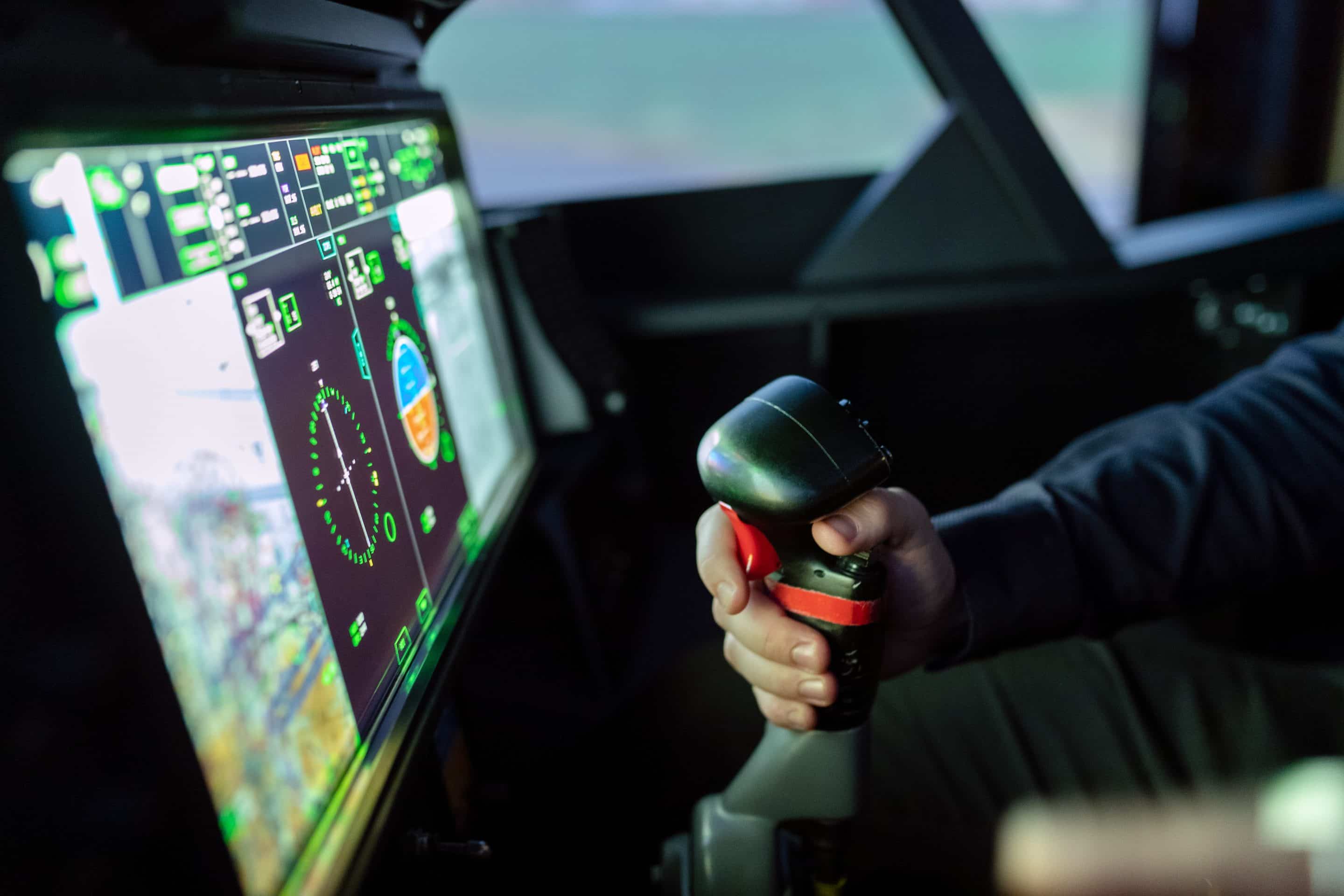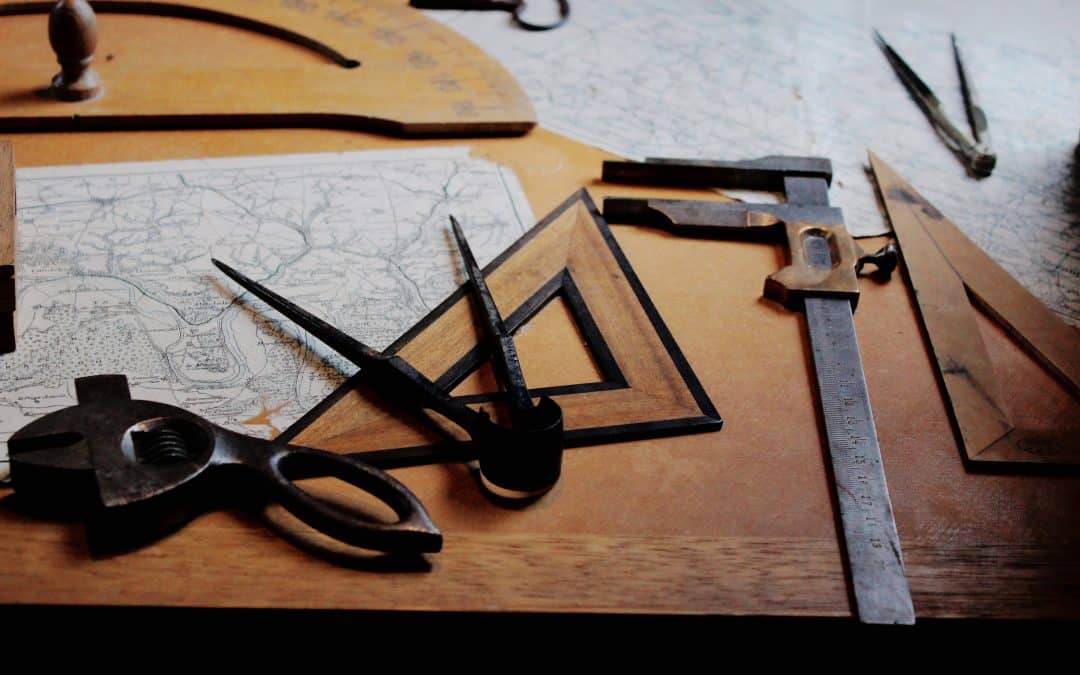In various sectors, particularly the aerospace industry, precision in data and equipment performance is crucial. Calibration is the cornerstone that ensures this precision. However, managing and calibrating equipment efficiently can be challenging, impacting operational efficiency and compliance.
In this article, we are discussing how calibration works, its benefits, and how a custom calibration system can optimize your operations, whether for general understanding or seeking custom solutions.
How Does Calibration Work?
Calibration is the act of comparing and adjusting the measurements of a device to a known standard. It’s an essential step to ensure that equipment or instruments are performing accurately and reliably over time.
The equipment used for comparison should be traceable to equipment calibrated according to recognized standards. The process might involve adjusting the output or indication on the measuring instrument to align with the value of the applied standard, within specified accuracy. This procedure helps in minimizing measurement uncertainties and control errors, ensuring the data collected is precise and reliable for various applications.
Understanding Calibration: Calibration Procedure for Measuring Instruments
The calibration process may seem daunting, especially given the precision required. However, understanding the calibration procedures for measuring instruments can help you understand the process, making it more approachable and manageable.
Let’s break down how calibration works into steps:
Pre-calibration Check
Before diving into the calibration process, a pre-calibration check is performed to ensure the instrument is functioning correctly and to identify any obvious issues.
Selection of Reference Standards
This step is to identify discrepancies between the measurements taken by the equipment and the known standard. This is crucial as it lays the foundation for the adjustments needed.
Comparison and Adjustment
Once discrepancies are identified, the equipment settings are tweaked to minimize or eliminate these variations. This step may involve fine-tuning the equipment manually or using software tools to achieve the desired accuracy.
The instrument’s readings are compared against the reference standards, and necessary adjustments are made to align the readings with the standards.
Verification and Documentation
After adjustments are made, it’s essential to verify that these changes have brought the equipment’s measurements closer to the known standard. Verification helps in ensuring that the calibration process has been successful.
Post-adjustment, the instrument’s readings are verified to ensure accuracy. The entire process, including the adjustments made and the final readings, is documented for compliance and future reference.
Maintenance and Repairs
Every step of the calibration process, the discrepancies identified, the adjustments made, and the verification results are documented meticulously. This documentation is vital for compliance purposes and for maintaining a record of the equipment’s performance over time.
If any issues are discovered during calibration, maintenance or repairs may be required to ensure the instrument’s accuracy.
Implementing a structured calibration process is crucial. However, the traditional methods can be time-consuming and prone to errors. This is where Custom Calibration Management system come into play, offering a streamlined and more accurate approach to calibrating equipment.

Custom Calibration Management System
Every business operation is unique, with distinct challenges and requirements. This uniqueness calls for a tailored approach, especially when it comes to calibration. A custom calibration system is designed to cater to these distinctive needs, offering a more precise, efficient, and simplified calibration process.
Opting for a custom calibration solution over an off-the-shelf product can significantly enhance the alignment of the calibration process with your specific operational needs.
Here’s why a custom solution could be the right choice:
Tailored Fit
Custom solutions are designed to meet your particular requirements, ensuring seamless integration with your operational processes. This tailoring ensures a better fit and more accurate calibration, enhancing the overall efficiency and reliability of your operations.
Scalability
As your enterprise evolves, custom solutions can be adapted to meet new demands, a feature that standard solutions might lack. With built-in features to assist in compliance management, custom systems make adhering to industry standards and regulations a breeze. They help in maintaining accurate records, simplifying audits, and ensuring you stay compliant.
Competitive Edge
Unique features in custom solutions can provide a competitive advantage, setting you apart in your industry.
Integration Ease
Designed to integrate seamlessly with existing systems, custom solutions can reduce the complexity and potential costs associated with integration. Custom calibration systems often come with automation features, reducing the manual workload and minimizing the chances of human error. This automation leads to a more efficient calibration process, saving both time and resources.
Dedicated Support
Custom solutions often come with dedicated support and training, ensuring your team is well-equipped to manage the calibration process effectively.
Custom calibration systems can significantly simplify these procedures, offering automated solutions that ensure accuracy while reducing the time and resources required. They can tailor the calibration procedures to your specific operational needs, further enhancing the accuracy and efficiency of the calibration process.
We offer Custom Calibration Management Software that significantly simplifies the calibration process for your business. Our software is designed to adapt to your operational needs, providing a seamless, efficient, and accurate calibration process.
To Conclude
Calibration is not a one-time task but a continuous process. It’s about ensuring that the equipment continues to perform accurately and reliably, thus contributing to the overall quality and efficiency of the operations. Understanding how calibration works and investing in a custom calibration system can significantly elevate the accuracy and efficiency of your operations. The tailored solutions we offer are designed to meet your unique calibration needs, ensuring a streamlined, accurate, and compliant calibration process.

